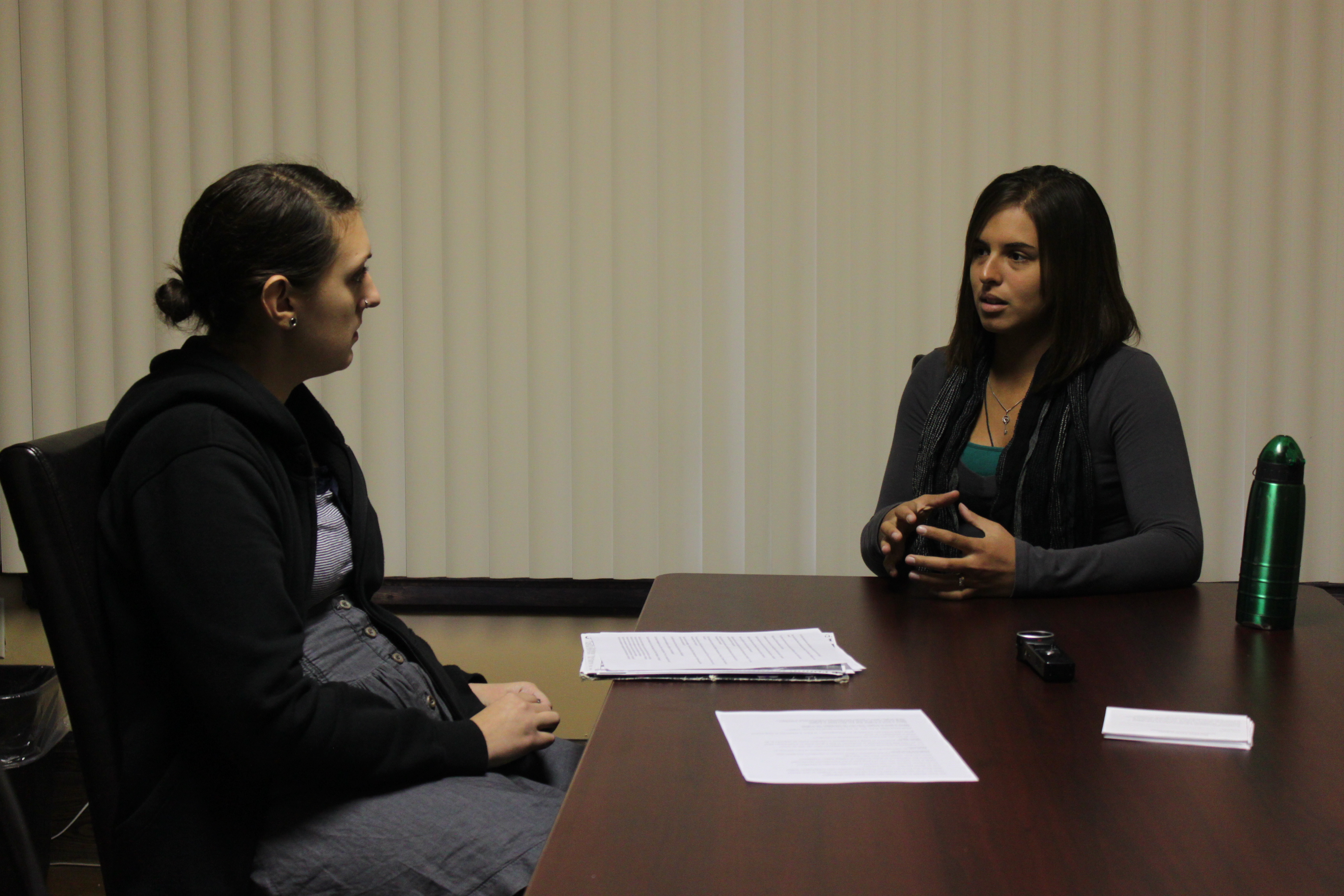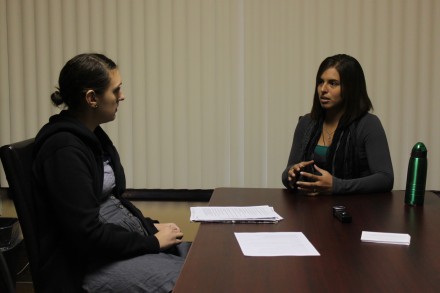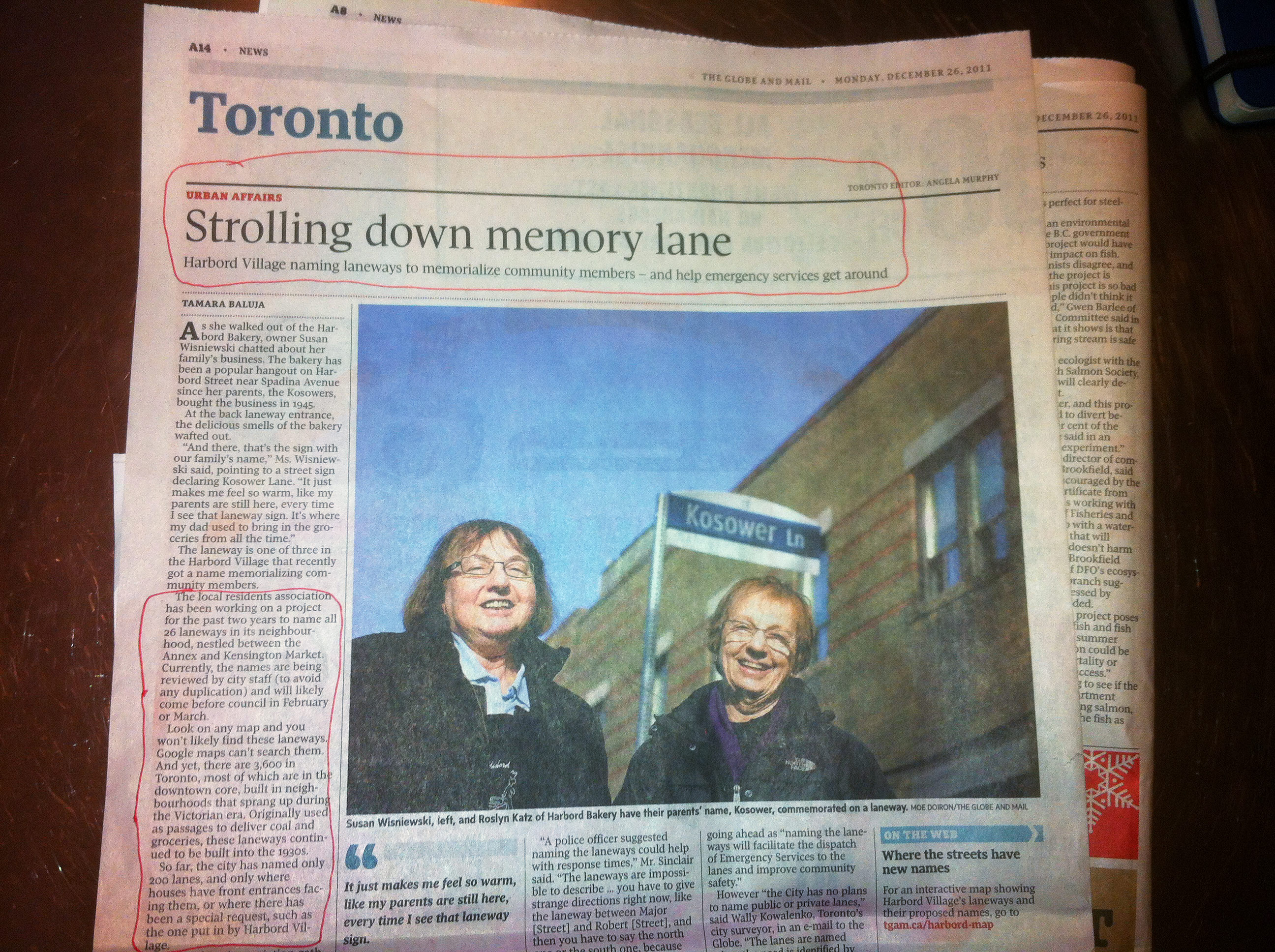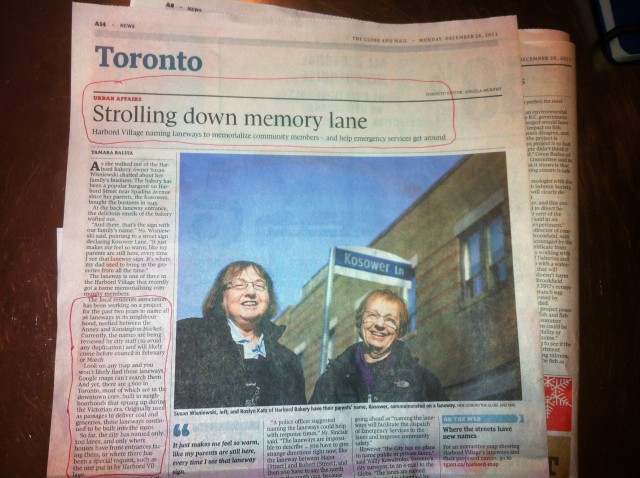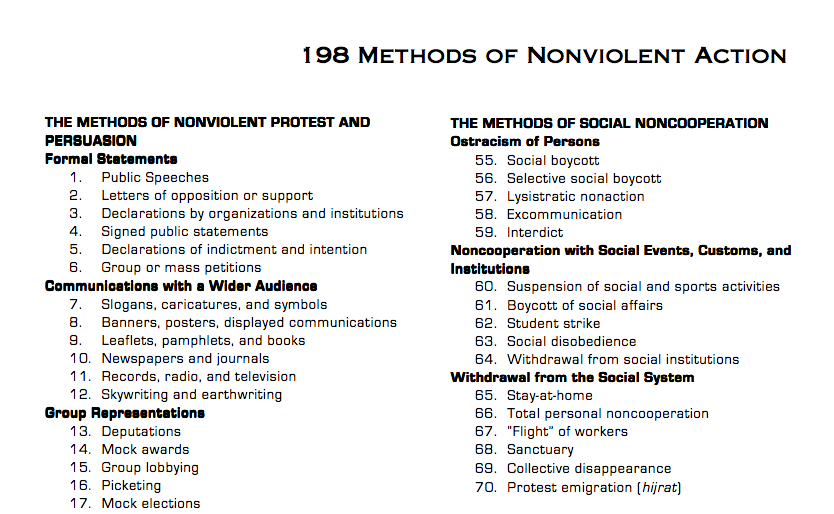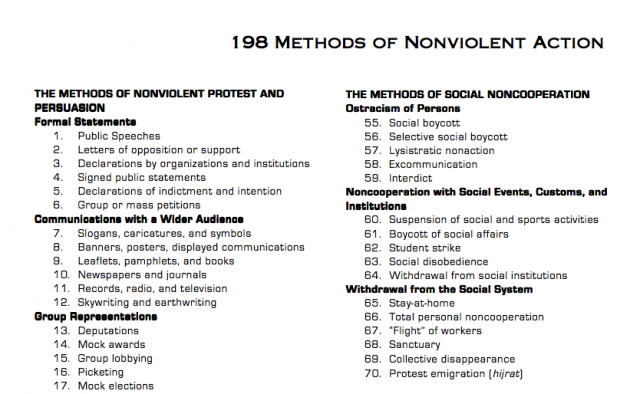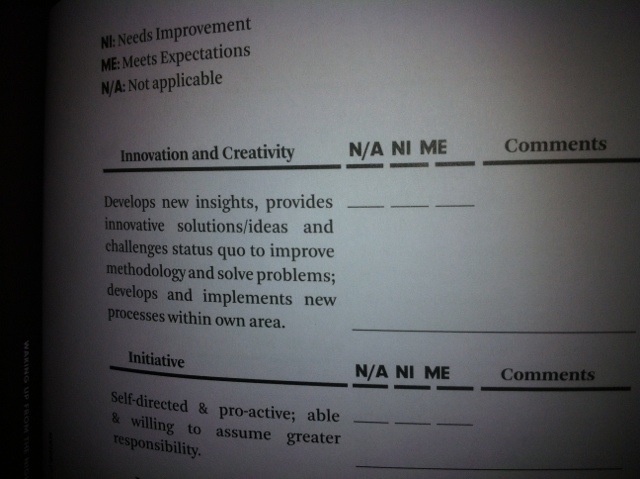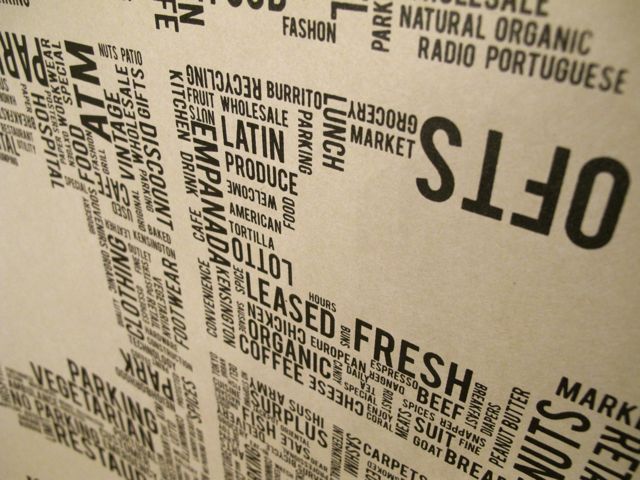Below is the transcription of the interview Rosina and I had this fall with Ariane from the Centre Français in Hamilton. While going through what was discussed around the topics of francophonie in Hamilton, I came across a good amount of ideas and phrases that could be interestingly interpreted when paired in context to the steel industry. It became clear to me that the Steel industry versus other minor industries important to Hamilton’s development, such as the textile industry, tells an interesting story when paired with the Anglophone culture in Hamilton versus a variety of other language-based cultures forming in the city over the past 40 years.
At the end of the interview we asked about words in either language that cannot be translated. I think this would be a good question to ask on an online form in the near future.
Below is the interview (in french), and as a comment to this post is the compilation of the phrases picked out of the conversation to be used as further research. Please read the interview (you can translate it roughly using google if you need to) and add your comments and suggestions for potential interviewees, as well as further interview questions for a steel industry representative, an anglophone, and a textile industry representative.
Thanks again to Ariane at the Centre Français in Hamilton for providing some insights into francophone culture and identity in Hamilton.
Continue reading “Two Tales of a City: Interview with Ariane from le Centre Français”
